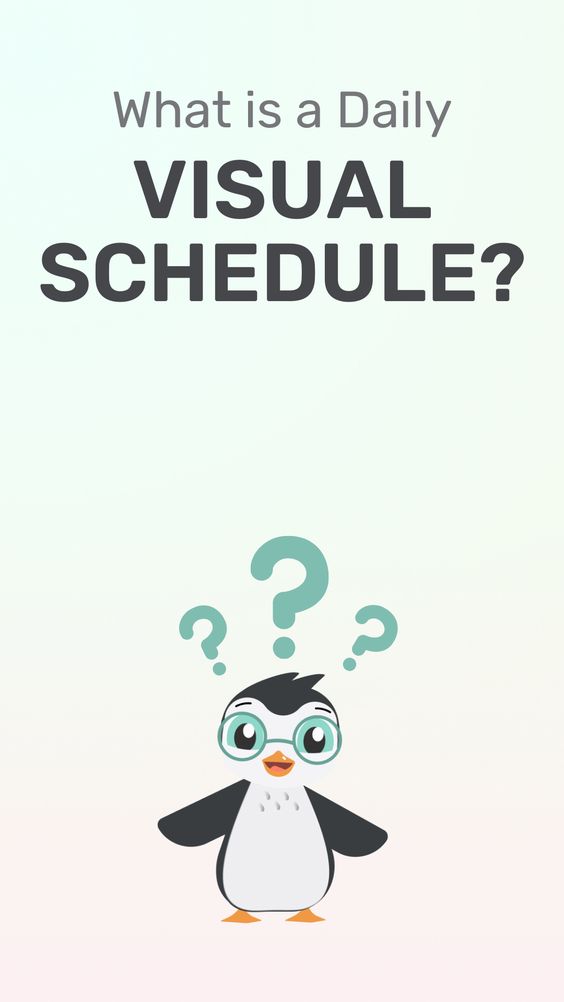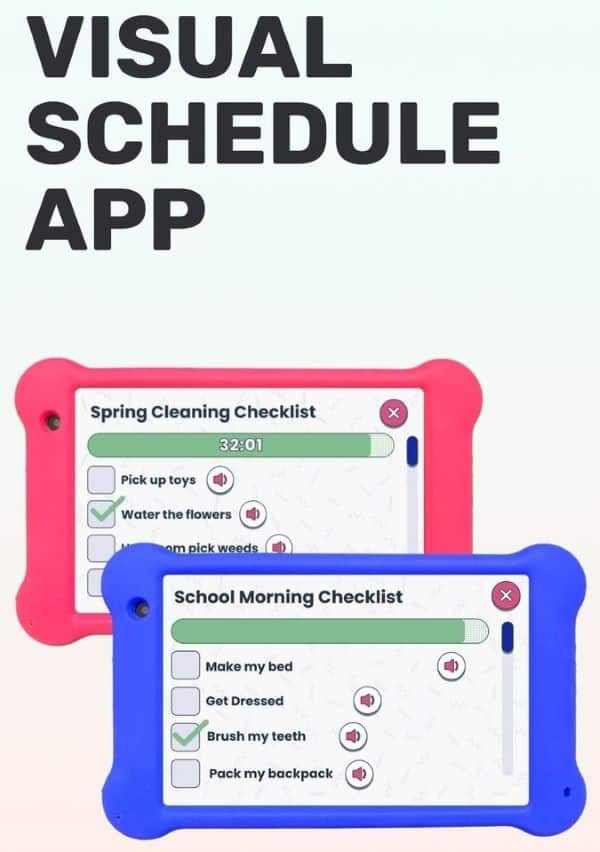Okay, here’s the simple scoop: Visual-spatial processing is how our brain figures out what we see and where things are. Think of it like this: when you’re looking for your favorite toy in a messy room, your brain helps you spot it and know how far away it is. It’s like our brain’s super cool GPS system!














